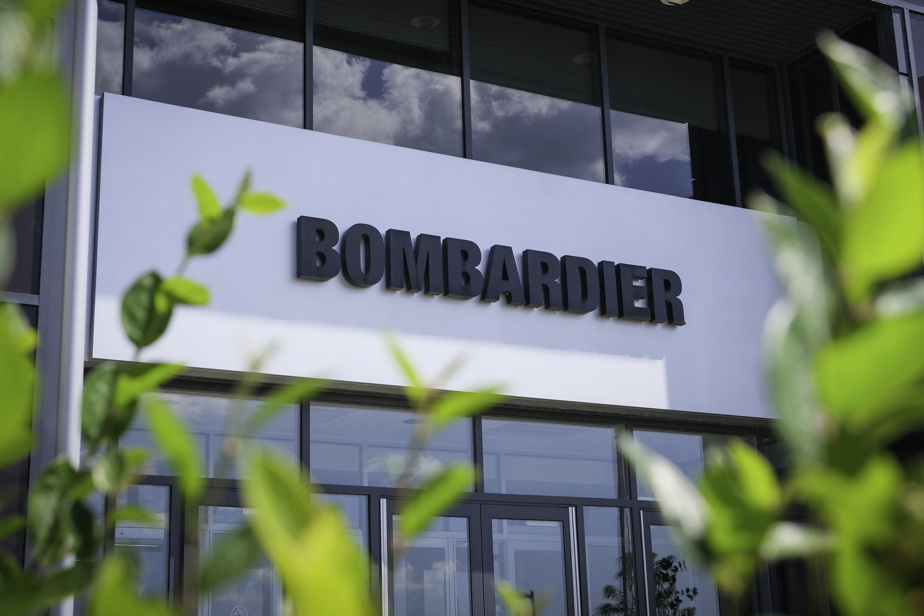
Bombardier delivered more private jets in the third quarter, but will need to step on the accelerator by the end of the year to reach its target of at least 138 aircraft. The Quebec aircraft manufacturer suggests this rate will continue to increase in 2024.
The multinational exceeded analysts’ expectations in July, August and September, securing enough orders to keep its backlog at the level of recent quarters.
Despite a net loss of US$37 million, or US$47 cents per share, Bombardier grew its revenues 28% to US$1.9 billion. The company delivered 31 Challenger and Global Family aircraft to customers, six more than the same period a year ago. It needs to deliver 56 business jets in the fourth quarter to meet its target.
“We are on track to achieve our targets for 2023 and to further increase our number of deliveries in the future,” Bombardier President and CEO Eric Martell stressed in a press release, without providing a target.
The aircraft manufacturer posted a ratio of new orders to deliveries of 1.1. This has allowed its order book to remain relatively stable at around US$15 billion.
Excluding one-time items, Bombardier posted an adjusted profit of US80 million, or 73 US cents per share. The quarter’s performance data exceeded the expectations of analysts surveyed by Refinitiv, who had forecast turnover of 1.8 billion US dollars and adjusted earnings of 46 US cents.
“When we restructured Bombardier, we wanted to build a resilient company that would generate good results in markets,” said Mr. Martel said. Today, our results show that we have succeeded. »
Despite fears of a recession, business aviation, a sector typically vulnerable to changes in the economy, appears to be staying the course. In October, the activity level was slightly higher than that observed in 2022 and 17% higher than the pre-pandemic level.





